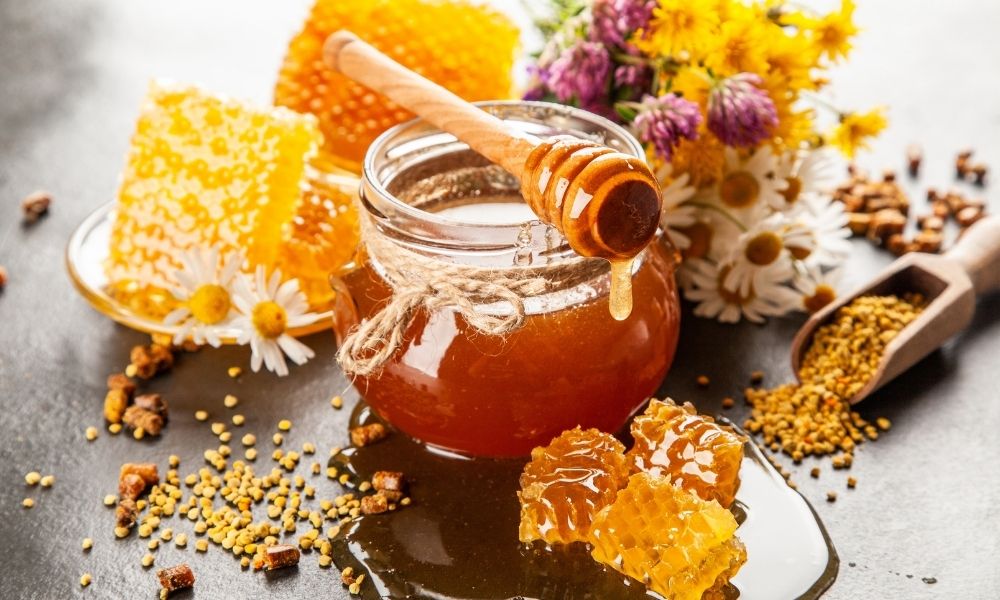
Each month, the American Bee Journal releases official projections of common trends in honey production in the United States. These projections track changes in weather, labor, and seasonal factors that can significantly impact the quantity and quality of honey collected each month. Keeping track of these changes is vital for several reasons.
First, dips in honey production can majorly affect many businesses and industries that rely on it. Second, when these decreases in production are projected, most companies invest in higher bulks of honey to help even out months of lower production.
Learn more about some of the most common trends in this month’s honey market report and what to expect from 2021 crops, by reading our blog below.
Weather Trends
Changes in the weather have the most immediate impact on crop production and, in turn, honey production. According to the American Bee Journal, this past month saw several different environmental trends that impacted other regions of the country.
Review some of the most significant changes in honey production due to weather trends below.
Northeast Region
- Maine: In the Northeast region of the United States, Maine had the most dramatic shift in honey production. The state received very little rainfall this year, resulting in an incredibly dry summer. A decrease in flourishing crops consequently narrowed the amount of honey produced in this month as well.
- New York: Thankfully, that state of New York has not experienced the same amount of dryness in their weather. In fact, the American Bee Journal cites that block locust and clover honey production rose in August. Analysts project that both these species of honey will continue to grow over the next year.
Other states such as West Virginia, Virginia, Kentucky, and Tennessee are flourishing after a heavy rainfall season.
Midwest Region
- North Dakota: The United State’s largest producer of honey, North Dakota, has had an exceptionally dry summer, which has created a decrease in this state’s production. Weather forecasts indicate it will continue to be dry in North Dakota throughout the end of summer.
- Nebraska: Nebraska has also had a drier summer with a significant decrease in its overall crop production.
- Missouri: According to the American Bee Journal, Missouri has been one of the most fluctuating states in terms of weather conditions and honey production. The average temperature for the state has been colder than most typical Missouri summers. These lower temperatures combined with sporadic rainfall have most resulted in fruitful crop and honey production.
- Kansas: Eastern Kansas has had a highly productive summer of honey production. The state had optimal crop-growing conditions this summer with plentiful moisture from rainfalls and cooler temperatures. The American Bee Journal also states that increased active hive numbers and labor have most likely contributed to this growth.
Southern Region
- Texas: Weather in the southern region of the United States has been much more consistent than in northern and Midwest areas. Texas, in particular, received constant rainfall during spring this year which greatly improved their honey production. The American Bee Journal also cites that honey retail in this state has increased and recovered after losses from last year.
- Louisiana: According to the United States Department of Agriculture’s official honey report for the state of Louisiana, despite consistent rain and healthy moisture from spring weather, honey production for this state is anticipated to decrease. A decrease in resources and labor may be the cause of this monthly decrease.
Western Region
- California: Similar to forecast from earlier honey market records this year, California’s drought has heavily hit their honey production. Northern areas of this state have sustained production; however, the number of honey produced by California this month is low.
- Nevada: This month hasn’t been a particularly fruitful month for the state of Nevada. Similar to California, Nevada is suffering from the consequences of drought weather. As a result, production is anticipated to be lower this upcoming month.
Crop Trends
Because the weather has impacted so many different plant species in other areas of the United States, crop trends will directly impact the type of honey and flavors manufacturers produce.
The type of honey that customers come across in markets, cafes, and restaurants is determined mainly by which plants are most commonly visited by bees. Review our list below to see what crops had the most amount of growth this year.
- Black locust
- Clover
- Blackberry
- Autumn olive
- Tulip
- Sumac
- Wildflower
- Gallberry
- Alfalfa
What Do These Trends Mean?
Apart from labor and resources, the weather is the single largest determiner of this year’s honey production. Looking over this honey market report, it’s clear to see that a drier summer has had a significant impact on several of the largest honey-producing states.
While market reports note these declines in production, plenty of other states are effectively producing high-quality honey to sell for distribution. As the summer season winds down into fall, hive keepers will concentrate on taking advantage of a moister season to help supplement their honey production.
The Takeaway
Looking over these fluctuating weather and crop trends is beneficial for businesses because they clue companies into foreseeing what types of honey will be the most available in the market. In addition, companies can use this information to anticipate how the demand for honey will affect their yearly budget and how much spending they’ll need to allocate to buy different organic honey in bulk.
If you’re a business owner whose company uses honey products, consider reviewing our honey market report on what to expect from 2021 crops before outlining your monthly and yearly budget. Studying this resource and other honey production guides will give your company a significant advantage.
Using Honey Source as a Market Resource
Here at Honey Source, we provide high-quality, delicious bulk honey for sale. We give your business access to some of the best honey in the United States so your companies can serve the best quality product to your customers.
To learn more about our bulk honey or read more about our honey resources, check out our website for additional information.
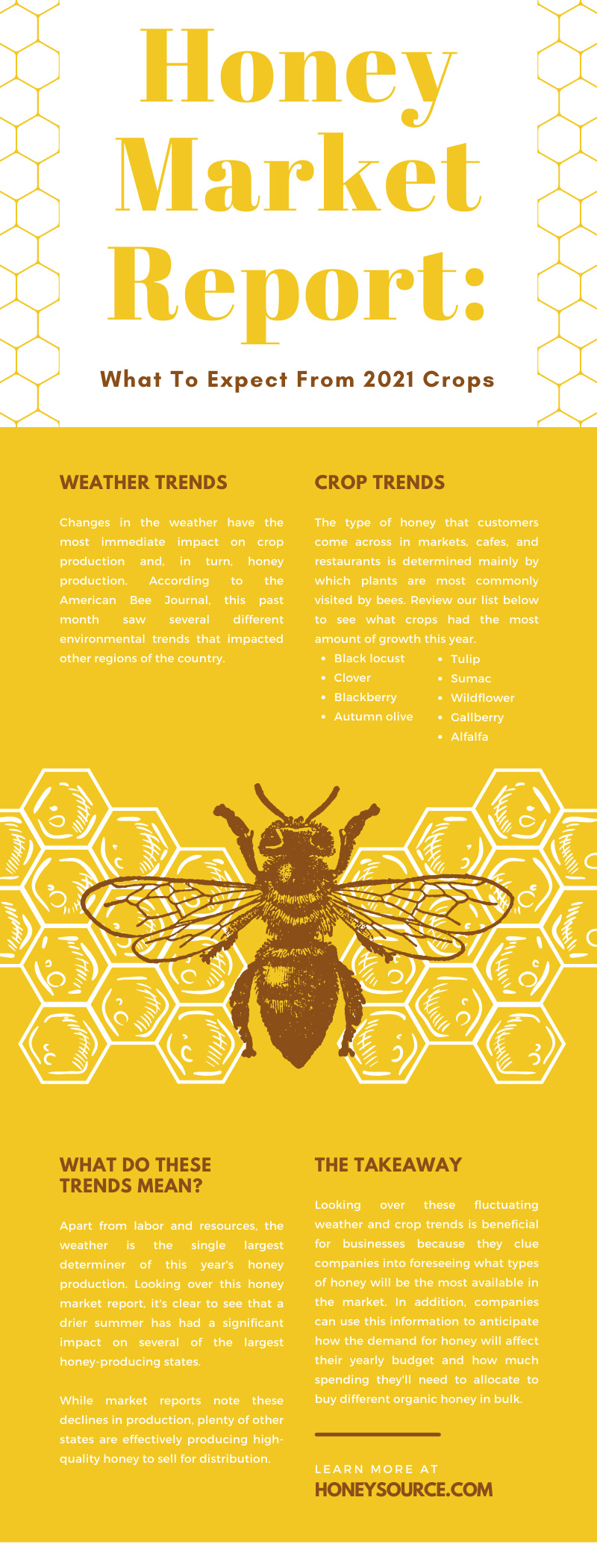

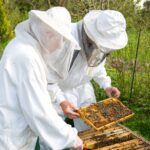
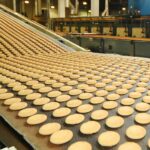


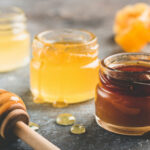
Leave a Reply